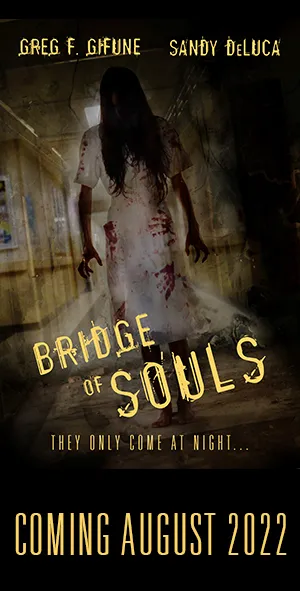Editor’s note: The following is a Q&A between reviewer Ray Palen and Adam L. G. Nevill, author of The Reddening.
RP: Are ‘the red people’ based on any particular historical people. or are they fully a product of your fertile imagination?
AN: The idea for the cave system formed from my research into what evidence exists for the early human species of Europe. Some vestigial remains of burials, excavated in various places, appear to suggest that the deceased were coated in iron oxide, or haematite. So, it’s possible that some early societies powdered their dead red and buried them in caves. Though no one will ever know the real reason why they were buried in this way. Same goes for much of the prehistoric artwork and the period’s sophisticated artefacts: what does it really represent or communicate?
So, a bit of both: research that bled into my own twisted imagination.
RP: Do the Brickburgh Caves actually exist and, if so, is there any legend based on them amongst the locals?
AN: No, I invented the caves and legend of the Old Creel and created about 20 miles of coastline in Devon where I live—the area in the novel is a composite of the extraordinary coastline I have hiked over the last six years, that features many ages of the earth through its geology.
I based my caves on several sources: existing cave systems I’d researched, where early human remains were discovered; our own Kents Cavern in Torquay, where the earliest modern human remains were found in Europe—the caves are a few miles from where I live; local Victorian limestone quarries that have rewilded; and coastal caves in South Devon where I live that I’ve explored in my kayak, or even swum to at low tide so that I can walk through them. I allowed the landscape I explore to suggest this story and its themes to me.
RP: With the success of the film adaptation of THE RITUAL, do you see any of your other titles (like THE REDDENING) receiving film treatment?
AN: It’s not something I really have any control over, when you consider how incredibly expensive films are to make, as well as how many people are involved in their production. But my books have been regularly blessed with film options, even before The Ritual. I’m very fortunate to still have numerous books in various stages of development (afraid I can’t disclose any details) and a couple of my original screenplays too. Time will tell but, of course, I’d be delighted if there was another film. A lot of extremely talented people are trying to make this happen too. I’m very grateful to even have my stories considered.
RP: You’re making a name for yourself with stories based on ancient lore and mankind facing something they don’t understand. Can you give us a preview of what you may be researching for your next title?
AN: I have a short story collection coming out next, probably at Halloween this year, and am currently at work on another folk horror novel. I won’t give too much away—I find if I talk about works in progress, they become harder to write. But I am exploring an area rich in ancient lore, the supernatural and magic (and taking enormous liberties to make it all more beastly).
RP: Here’s a question I would not have even thought of a few months ago. How does the present global pandemic impact your writing? Do you feel an urge to write something in present day that deals with this very real horror?
AN: It’s an interesting question. I really satisfied my curiosity about the horrors of pandemics and global crisis with my novel Lost Girl. It is a horror novel, though admittedly a departure of sorts for me into the near future. But I began researching the book in 2013, and it was published in 2015. Amongst many hideous things, the story features a coronavirus that spills from bats in a Chinese wet market. The story is set in 2053, amidst the consequences of runaway climate change.
Bizarrely, my research into zoonotic spillovers made a mark on me; I was honestly expecting a “big one” to break out in my lifetime. Scientists have been expecting something like this to spill and go wide for years, and made no secret of it. Few in power should be surprised. The information has been publically available for a long time. It really was only a matter of time because of threatened ecologies, devastated natural environments, and the way that exotic animals are still stored in wet markets. It’s extraordinary these markets are still allowed to exist; they’re a game of viral roulette with a constantly spinning wheel.
(The Reddening may be purchased in print and Kindle formats from Amazon or in audio from JournalStone.)
- Book Review: THE WITCH IS THE BODY - March 9, 2022
- Book Review: THE GYPSY MOTHS - March 4, 2022
- Book Review: ROOKFIELD - March 1, 2022
- Book Review: GLORIA - February 27, 2022
- Book Review: ANTISOCIETIES - February 22, 2022
- Book Review: CUNNING FOLK - December 7, 2021
- Book Review: THE DEATH OF JANE LAWRENCE - December 3, 2021
- Book Review: THE WAITING - November 29, 2021
- Book Review: THE STOWAWAY - November 24, 2021
- Book Review: HORSEMAN - November 20, 2021


